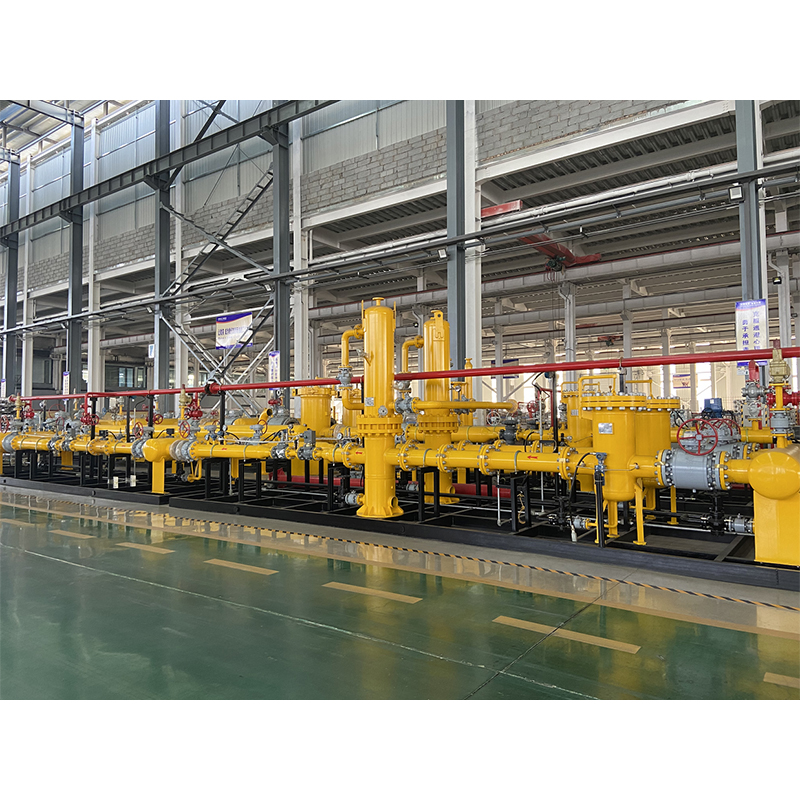
Nov . 05, 2024 00:28
Back to list
electric regulating valve
The Importance of Electric Regulating Valves in Modern Industry
In today's rapidly evolving industrial landscape, precision and efficiency are paramount. One of the key components that facilitate both of these attributes is the electric regulating valve. This device plays a critical role in controlling the flow and pressure of fluids in various systems, ensuring optimal operation and improved performance across numerous applications.
What is an Electric Regulating Valve?
An electric regulating valve is a type of control valve that uses an electric actuator to regulate the flow of fluids such as liquids and gases. These valves are designed to adjust the flow rate and pressure within a system based on the feedback received from a control signal, which can be manually set or automated via a control system. The valve configuration allows for precise adjustment of flow parameters, making it an essential instrument in process industries ranging from water treatment plants to manufacturing facilities.
Advantages of Electric Regulating Valves
1. Precision Control One of the primary advantages of electric regulating valves is their ability to offer high precision in flow control. Unlike manual valves, which require physical intervention, electric valves can adjust the flow rate rapidly and accurately based on real-time feedback from sensors and control systems. This capability minimizes fluctuations and enhances system stability.
2. Energy Efficiency Electric regulating valves are highly efficient in energy consumption. By precisely controlling fluid flow, these valves minimize energy waste, which is crucial for industries aiming to reduce operational costs and environmental impact. Efficient control leads to lower energy bills and a reduced carbon footprint, aligning with global sustainability goals.
3. Remote Operation and Automation With advancements in technology, electric regulating valves can be integrated into automated control systems, allowing for remote operation. This feature is particularly beneficial for hazardous or hard-to-reach locations where intervention is difficult. Operators can control the valves from a central control room, resulting in increased safety and convenience.
4. Reliability and Low Maintenance Electric regulating valves tend to require less maintenance compared to pneumatic or hydraulic valves because they have fewer moving parts and do not require compressed air or hydraulic fluids. Their robust construction and reliable performance reduce the likelihood of failures, further decreasing downtime in industrial operations.
electric regulating valve

5. Data Integration and Monitoring Modern electric regulating valves can be equipped with smart technology that allows for real-time data integration and monitoring. This capability enables operators to monitor valve performance, diagnose issues promptly, and implement predictive maintenance strategies, thus improving overall system reliability and performance.
Applications in Various Industries
Electric regulating valves are utilized in a myriad of industries due to their versatility and effectiveness.
- Chemical Processing In chemical plants, precise flow control is essential to maintain reaction conditions. Electric valves help ensure that reactants flow at the appropriate rates, leading to optimized production processes.
- Water Treatment In municipal water treatment facilities, these valves regulate the flow of water and chemicals for purification, ensuring that water quality meets health standards.
- HVAC Systems Electric regulating valves are widely used in heating, ventilation, and air conditioning (HVAC) systems to control the flow of air and fluids, enhancing energy efficiency and comfort levels in buildings.
- Pharmaceuticals and Biotechnology The pharmaceutical industry relies on these valves to manage the flow of sensitive fluids with high precision, which is crucial in processes such as drug formulation and production.
Conclusion
As industries continue to seek greater efficiency and reliability, electric regulating valves have become indispensable. Their ability to provide precise flow control, reduce energy consumption, and integrate seamlessly with modern automation systems positions them as a cornerstone of contemporary industrial operations. As technology progresses, we can expect further innovations in valve design and functionality, driving productivity and enhancing safety across various sectors. The evolution of electric regulating valves exemplifies the convergence of engineering excellence and technological advancement, paving the way for a more efficient and sustainable industrial future.
Next:
Latest news
-
Safety Valve Spring-Loaded Design Overpressure ProtectionNewsJul.25,2025
-
Precision Voltage Regulator AC5 Accuracy Grade PerformanceNewsJul.25,2025
-
Natural Gas Pressure Regulating Skid Industrial Pipeline ApplicationsNewsJul.25,2025
-
Natural Gas Filter Stainless Steel Mesh Element DesignNewsJul.25,2025
-
Gas Pressure Regulator Valve Direct-Acting Spring-Loaded DesignNewsJul.25,2025
-
Decompression Equipment Multi-Stage Heat Exchange System DesignNewsJul.25,2025

